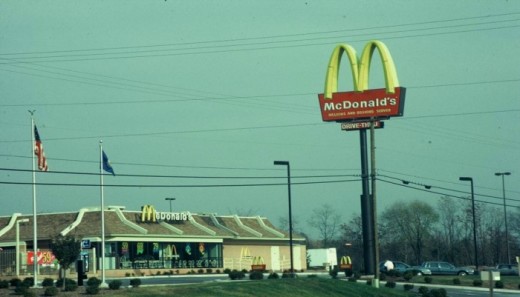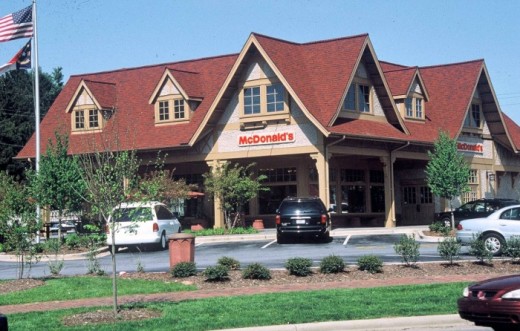All development is not created equal. Some development projects will make a community a better place to live, work, and visit. Other development projects will not.
The biggest impediment to better development in many communities is a fear of saying “no” to anything. In my experience, communities that will not say no to anything will get the worst of everything.
The proof is everywhere, communities that set low standards or no standards will compete to the bottom. On the other hand, communities that set high standards will compete to the top. This is because they know that if they say no to bad development they will always get better development in its place.
Too many elected officials have an “it’ll do” attitude toward new development. Worse yet, they’ll accept anything that comes down the pike, even if the proposed project is completely at odds with the community’s well thought out vision for the future. They are simply afraid to place any demands on a developer for fear that the developer will walk away if the community asks for too much. This is especially true when dealing with out of town developers or with national chain stores and franchises.
The bottom line for most developers, especially chain stores and franchises, is securing access to profitable trade areas. They evaluate locations based on their economic potential. If they are asked to address local design, historic preservation, site planning or architectural concerns they will usually do so. Bob Gibbs, one of America’s leading development consultants says that “when a chain store developer comes to town they generally have three designs (A, B, or C) ranging from Anywhere USA to Unique (sensitive to local character).

Which one gets built depends heavily upon how much push back the company gets from local residents and officials about design and its importance.”
One community that has asked chain stores and franchises to fit-in is Davidson, North Carolina. Chain drugstores, like CVS, Rite Aid, and Walgreens are proliferating across the country. They like to build featureless, single-story buildings on downtown corners, usually surrounded by parking — often after one or more historic buildings have been demolished. This is what CVS proposed in Davidson.
The town could have easily accepted the cookie cutter design (Plan A), but instead it insisted on a two story brick building, pulled to the corner with parking in the rear. CVS protested, but at the end of the day they built what the town wanted because they recognized the economic value of being in a profitable location.

The lesson learned is that successful communities have high expectations. They know that community identity is more important than corporate design policy.
Download all seven parts of The Secrets of Successful Communities in a single pdf file (note: the pdf does not include the several embedded videos)
Editor’s Note: Ed McMahon is one of the country’s most incisive analysts of planning and land use issues and trends. He holds the Charles Fraser Chair on Sustainable Development and is a Senior Resident Fellow at the Urban Land Institute in Washington, DC. McMahon is a frequent speaker at conferences on planning and land development. Over the past 21 years, we’ve been pleased to have published more than two dozen articles by McMahon in the Planning Commissioners Journal, and now on PlannersWeb.com.
